I’m actively preparing for this expedition, so this post will be routinely updated-check back later for more!
May Update: Never mind!! Rather than continuously updating this article, I’ve decided to leave it as it was written in December-February and instead publish new blog post(s) with current affairs. Though this post answers many relevant questions like “How will you care for your horse?” You can also check out my Facebook page “Gin & Fable” for the most up-to-date events!
I am riding across Australia on horseback in 2025!!!
😁🐎🐪
I will go east-west (or vice versa) on a southern trajectory, so something like Sydney to Perth, a distance of roughly ~2600 miles (~4184 kilometers) that I hope to cover in 7-8 months.
I fly into Melbourne on February 22nd where I’ll hit the ground running, searching for the right mount(s).
Table Of Contents
1. Why make the trip?
2. Route
3. What about the Bicenntenial Trail?
4. Why not go straight across Australia?
5. Will you go east-to-west or west-to-east?
6. What’s the first step to making it happen?
7. What I’m looking for in a road horse …
8. Will you have a pack animal?
9. Brumbies
10. Stock Horses
11. Camels
12. Horse Gear
13. Human Gear
14. Where do you stay?
15. How do you contain your horse overnight?
16. How will you care for your horse?
17. Will you use a support vehicle?
18. How do you feed & water your horse?
19. What are the major difficulties you anticipate?
20. What if the journey is not a success?
21. What happens to your animals at the end?
22. Where can I learn more about long riding?
23. List of Aussie terms I have learned
24. Questions?
25. Suggestions?
Why make the trip?
Adventure has defined the last six years of my life. I walked across America at the age of 18-19, having never left home before, overweight and awkward with $500 to my name, and it stirred something in me. I was transformed! At 20, feeling trapped and having lapsed into a depression, I took off on my bicycle to cross the country again. My spirits newly restored, I rode across the U.S. at 21-23 on my mustang, Finley. I had never ridden a horse, and he had been wild and untouched by humans a few months prior to our meeting, yet our journey was a smashing success! Lastly, I paddled the Yukon River at 24 (the age I am now), and it was this last voyage that made me realize that I wasn’t ready to settle down yet. When not adventuring, I’ve been working entry level, menial jobs (retail, food service, housekeeping, etc.) and chipping away at community college classes with the hopes of applying to vet school one day.
Long riding in particular has captured my heart so wholly because it allows me to combine my two greatest passions: animals and adventure. I have known no greater love outside of my family than from my furry, four-legged friends.
Having crossed North America on horseback already, I am eager to travel overseas for the first time to tackle another continent: Australia! I am excited to explore the country and culture and all the little things that make it a wonder. On the road, you never know who you’ll meet, what you’ll see, what opportunities will come your way, and these unknowns are what make adventuring so unbelievably, uniquely beautiful. There’s nothing quite like it, really. Most of all, I look forward to forging a bond with a new horse, to live side-by-side with them every day and night, to see what’s beyond the horizon together. There is no way to be closer to your horse than to be a part of their herd, truly. To have such a partnership is my greatest motivation. I do all of this for the love of a horse. 
Route
I know of two long riders who have taken a variation of this route, both women: Stef Gebbie in 2019 and Esther-Luxford Matthews in 2011. (Check out their stories, they’re both incredible long riders!) Stef did her trip mostly unsupported with one riding and one pack horse while Esther’s trip was fully supported with three horses she could trade out. I will read about their journeys, as well as study their maps, extensively. I also plan to research who has walked and cycled across Australia, as both modes of transportation are more popular to be able to glean additional information from. Then, I will record my own route–or an approximation of it, knowing I’ll make changes on the road– by pouring over satellite imagery on Google Earth to determine the safety of roads and access to feed/waterways throughout.
I mapped the entire route from my U.S. long ride, color coding every single road by difficulty (red=worst, green=best) that you can check out: Click Here
Update–I have finished mapping my preliminary route! I cannot share a direct link for privacy reasons.
The biggest question mark in my mind, at the moment, is whether to follow the southern coastline or the Murray River in VIC/SA, and whether to pass through Koscuisko National Park and Alpine National Parkcut or go around them via M31 or equivalent. I may end up being barred from the National Parks, depending on my timing, as certain sections are closed to horses during winter.
I’ve also jotted down some key points along the way, color-coded by type. • = pony clubs • = show grounds • = stables/equine facilities • = tack stores • = Nullarbor roadhouses • = vets.
Example section–
What about the Bicenntenial Trail?
The Bicenntenial Trail (BNT) is a 3311 mile (5330 km) multi-use, non-motorized path spanning the eastern flank of Australia, along the Great Dividing Range, from Cooktown, Queensland, to Healesville, Victoria. Interestingly, it was designed as a bridle path with its original name being “The National Horse Trail”!
Being asked if I have considered the BNT reminds me of when people would wonder why I was walking across America ocean-to-ocean rather than backpacking the Appalachian Trail (AT) in 2019. The BNT is far more rugged and remote than the AT with only a few people attempting its length every year — meanwhile, the AT is well-maintained and well-marked with thousands thru-hiking it annually — yet they remain rough equivalencies in my mind, the most established long distance trail of their respective country.
The BNT is extraordinary, with its existence being an incredible feat of engineering, but my heart isn’t with it. I’m not sure how to explain this, yet the feeling persists. The BNT seems like the way to go, but it is not my way. Even if I’ll be following in the hoof prints (…and foot prints … and bicycle tracks…and camel tracks…) of other travelers regardless of what path I take, my destiny will feel less predetermined off the BNT. I’m interested in traversing both eastern and western Australia and, in my American mind, the Outback is the crown jewel of Australia, it’s most defining characteristic, so I struggle to imagine crossing the continent without ever getting a taste for it. Even if it seems counter-intuitive with horses, I welcome the challenge. An east-west route will also be 700 miles (1100 km) less than the BNT, which will give me a much better shot at finishing my ride before my 1-year Holiday Work Visa expires.
Though if, for whatever reason, an ocean-to-ocean ride weren’t feasible, I would be happy to pivot (screeeeech) and hop on the BNT!

Why not go straight across Australia?
Ha, I wish I could, I’m tempted to, but it’s too desolate. I would need a string of camels (in which case most cameleers walk beside their animals rather than ride) or nearly constant, daily vehicular support with horses. I’m not keen on the former and outright opposed to the latter.
Will you go east-to-west or west-to-east?
My intention is to ride east-to-west, though I remain open to both possibilities.
This is a difficult question to answer as it’s so dependent on where I can establish a base and purchase a horse in Australia. The majority of prospects (80% of Australia’s population) are in Queensland, New South Wales, Victoria, so most likely I’ll fly into Melbourne or Sydney come time. From there, I believe trailering to the west coast to start would be too costly and complicated.
Update: I have secured a host in Melbourne, guaranteeing an east-to-west start! I will be following in the hoofprints of Stef and Esther in this regard.
Going east-to-west will allow my animals and I to start in the states with the greatest resources, New South Wales and Victoria, when we’re at our freshest, and reach the most challenging sections, the deserts of South Australia and Western Australia, when we’re more seasoned.
In a way, I am happy to establish Melbourne as my “base” over Sydney, because it means when my chosen horse and I start at an eastern beach, we’ll only have to cover ~400 miles | ~700 kilometers before reconvening in Melbourne where we can reassess our situation and make changes to our gear most readily.
What’s the first step to making it happen?
I need to secure a host barn in Australia for 2-3 months where I can either pay rent or work on site in exchange for room-and-board. From there, I must find the right mount and spend a few weeks/months conditioning them for the journey.
I am also interested in the possibility of apprenticing under a mustang trainer in the U.S. in January-February to have a better understanding of colt starting/gentling techniques before flying overseas.
Update: host secured and flight booked!
What I’m looking for in a road horse …
1 | A gelding—most likely
Mares and stallions offer more challenges to travel with. Mares can get pregnant accidentally, stallions can lose their head in the interest of breeding. Other behavioral problems can crop up due to hormones. Hosts can be leery to accommodate them in their barns, especially stallions, but mares too, if they themselves have studs. Geldings make for the best house guests and are the most even-keeled. That’s not to say you can’t long ride with a mare or stallion, some of the greatest long riding horses in history have been such! There are certainly mild-mannered, gentleman stallions/mares and asshole, off-the-wall geldings out there, but as a general rule of thumb, a gelding is the least complicated choice, so they remain my personal preference. Though I would not turn down the right mare, and I would consider any stallion with the assumption that I would have them gelded.
2 | 14.1 to 15.2 hands, and at least 1000 lbs
This size is necessary to support the weight of me and my gear.
3 | 6 to 15 years old—though I would consider a 5 year old
The Long Riders Guild recommends horses in this age bracket to ensure their skeletomuscular system is fully developed.
4 | Hardy hooves
An integral part of any road horse. The harder the hoof, the better. A horse with soft, easily sore hooves cannot go the distance. It’s believed by some that black hooves are stronger than white, I’m not convinced of this but keep it in mind. My mustang, Finley, had hooves like stone and went barefoot across the U.S., only needing hoof boots on tough terrain like gravel. He was never lame nor injured his hooves in any way.
5 | An easy keeper
Another necessity for a road horse. Any horse that struggles to keep weight and needs a specialized diet is not suitable for unsupported travel. Finley, my mustang, maintained his weight beautifully throughout our entire U.S. long ride, even when we were traveling through desert sections in Idaho and Oregon. He never coliced nor foundered, and was always enthused to eat, including my gas station snacks. He had an iron gut to go along with his stone feet.
6 | Good, balanced conformation-the stockier the better
Short and stocky is preferable to long and lean. I personally love foundation quarter horse builds.
7 | A brave, kind disposition
It’s OK for these qualities to be hidden under the surface, but they must exist in the horse’s heart, waiting to be realized and uncovered, nonetheless. A horse that, no matter the training, will always be unpredictable and spooky, or aggressive, cannot make for a suitable traveling companion. When crossing the US., I often had people tell me in passing, “you are so lucky to have such a good horse!” Only, when I adopted my mustang, Finley, he was untouchable and afraid of everything, from people to traffic to his own shadow. I didn’t feel very lucky back then. Yet I still was, wasn’t I? Because in time he revealed, and I came to see, how kind and courageous he truly was at his core, for everyone else to then see it, too.
Of course, the trouble lies in not being able to tell upon first meeting a horse. Same could be said of first dates. Relationships are always a gamble. 🤪
Update: Fable is a 14.2 hand, ~950 lb, 5.5 year old, black brumby gelding
Finley, what a hunk. I had to sneak another photo of him in ❤️
Will you have a pack animal?
Only if it’s necessary, I’m not positive at the moment.
My preference is to travel self-contained with one horse, so if given the option, that’s what I will naturally choose.
Having a pack animal doubles the mouths to feed, water, house, and safely keep under control. My gear and I (165 to 180 pounds altogether) are also light enough for a single 1000+ horse to carry comfortably.
However, if a pack animal feels like a requirement given the remote nature of my route across Australia, I would happily add one to the team! A pack camel would be preferable to a pack horse.
Update: No pack horse for me, phew!
Brumbies
Brumbies are feral horses in Australia, equivalent to the American mustang. There are more wild horses in Australia than any other country with an estimated ~400,000 roaming the outback!
Yet, while mustangs are a federally protected species in the U.S., romanticized and idolized for being symbols of the Wild West, representing freedom and frontier spirit, brumbies are often vilified for being invasive in Australia and routinely machine gunned from helicopters en masse. I sympathize with their plight—though I recognize there’s no simple or easy answer to their overpopulation—and I would love to be able to save one and train them up if given the chance. There is something so magical and meaningful about being able to take a horse from the wild and bond and grow with them together, from the ground up. Giving them love and support when they’re at their lowest to be given their trust and watch them blossom in return is an honor.
I’m curious how brumbies compare in conformation to mustangs, whether they are as suitable for long riding. I imagine it depends on their origin herd. My concern is that the majority are too small, under 14.1 hands, but I remain optimistic. I’ve heard that herds from the north and west are more likely to be bigger, that Guy Fawkes brumbies are known for having size and color, and that Kosciuszko National Park brumbies are generally smaller.
Update: I was able to make my dreams come true and train a wild Brumby for the journey!!
Stock Horses
The impression I’m under is that the Australian Stock Horse is like the American Quarter Horse in that they both represent their country’s quintessential breed and were designed for ranch work. I wonder how they compare in conformation to each other, and how Australian Stock Horses might perform as long riding mounts? I’m also curious to learn about their popularity in the country. During my U.S. long ride, I would estimate that 8 out of 10 hosts I stayed with had Quarter Horses; are Stock Horses as prominent in Australia? Not that it matters. I look forward to exploring them as a possibility further!
—
Ultimately, no one breed is right for long riding, but I mention these two in particular as they are unique to Australia. I would consider others just as equally, the next to come to mind are Quarter Horses and Arabians. Among others …
Update: I found out that Stock Horses have a lot of thoroughbreds in them, sometimes almost entirely, which had me less interested in one.
Camels
There is no pack animal more suited to desert travel than a camel. Every time I hear a new fact about them, my mind is blown. They can survive for months without food, weeks without water, only to drink up to 30 gallons in a single sitting . . . they can carry extreme loads, eat cacti and other prickly things . . . extraordinary!!
Still, having a camel remains a remote possibility. I am simply intrigued by them! All my life I’ve loved animals big and small, and it’s an incredible thing, how different they are all. Discovering how they tick is what has made being in a relationship with each so rich. So even if I don’t use a camel for my cross country journey, it would be great fun to spend time getting to know such magnificent creatures. I recently got a book called “Introduction to Camel Husbandry” by Tara Lea to flip through.
Questions I have on camels include—
How do camels fare alone, without the company of other camels, if I traveled with one horse and one camel?
Likewise, how do camels and horses get along, what would the dynamic be across species? I know people use both in Mongolia, and there is one woman, Heidi Douglas, who has crossed Australia with one riding horse and two pack camels.
Update: No camel for this journey, it would be too much of a complication to add one into the mix with a horse!
Horse Gear
You know what they say: if you put 11 horsemen in a room and ask them a question, you’ll get 12 answers. (I’m also fond of the quote, “opinions are like a–holes. Everybody has one and they all stink,” but that’s less relevant here, hahaha. 🤣 ) There are similarities/overlap in what long riders use, and yet, no two have the exact same setup. I’m always intrigued to see what others are using, so here’s my gear list for those equally curious.
It’s sure to change throughout the journey. Once all my gear is finalized, a thorough catalogue of each items spec– including price, weight, pros/cons, and comparable models–will be found on this page of my website (coming soon)
Saddle
To be discovered! Having a properly fitted saddle is of the utmost importance. There is nothing that destroys, derails, or delays a long ride more than poor saddle fit; it’s perhaps the #1 problem that new long riders face. I went through the learning curve with Finley, and I hope never to repeat such struggles again. I will be studying saddle fit further myself. If possible, I would like to hire a professional saddler fitter in the Melbourne area to get a second opinion, as well as trailer my horse to a tack shop with an abundance of new and used saddles to try on in person. The lighter weight the better, with a 16 inch seat and multiple attachment points/d-rings for bags. I like a high cantle and a horn with a real leather exterior, but recognize none of those options may be feasible. I’m intrigued by carbon fibre saddles as are popular in endurance circles and two of the biggest manufacturers, Pandora and Holmbros, are located in Australia, but I wonder how well they distribute weight with how feather light and bare boned they are. Saddles with panel systems rather than (or in addition to) a fixed tree, such as those Orthoflex and Specialized offer, are also intriguing, since a horse’s back isn’t static.
If I had a pack horse, I would use an adjustable pack saddle offered by Custom Pack Rigging. They have critical acclaim from numerous long riders. To the point where I feel like can breathe a sigh of relief knowing I wouldn’t have to worry about my choice.
Update: I got a Franco C “Addax” Endurance style saddle for Fable, and I couldn’t be happier!
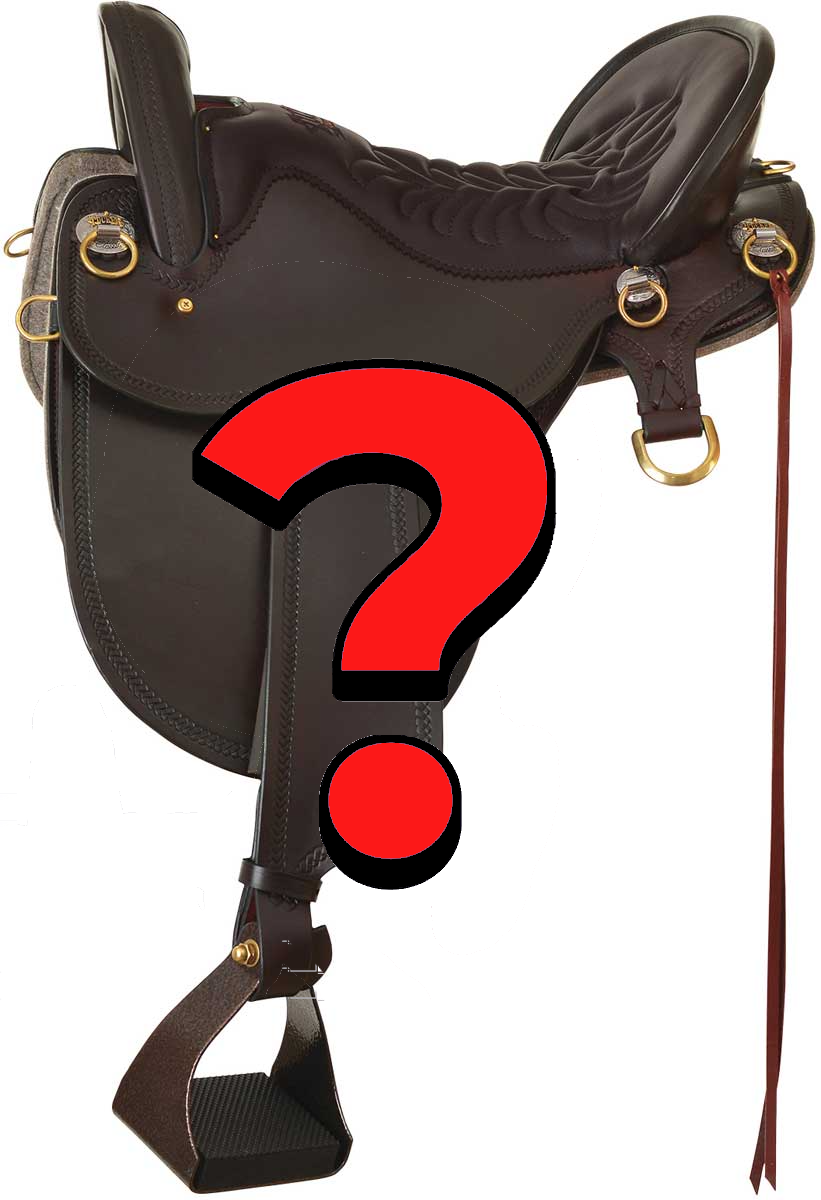

Saddle Pad
I am a big advocate for the use of foam in saddle pads, though I also like to have pure wool, whether felt or fleece, against my horse’s back.
For this journey, I will try a Skito saddle pad. They were Bernice Ende “Lady Long Rider’s” pad of choice who traveled 30,000+ miles around the U.S. and Canada. Skito pads are fully customizable with a medical grade memory foam interior–the main reason for my interest. Recall that I used a rudimentary high density foam pad wrapped in a virgin wool blanket on my U.S. long ride on the recommendation of Felipe Leite who has ridden 16,000+ miles from Alaska to Patagonia. It saved my horse’s back and compensated well for any slight deficiencies in saddle fit, but it had two major cons: its loftiness and longevity. My hope is that a Skito pad will be an improved upon version of my previous, homemade pad.
Mine will feature a gray 100% pure merino wool fleece top and bottom with laminated 1″ firm foam inserts that are front loading.
Read MoreSee more specifics by clicking here …
Human Gear
Tent
A new Big Agnes Copper Spur Bikepacking HV UL2
At 3.3 lbs, this ultralight, 2-person, freestanding backpacking tent is roomy and easy to set up, nicely fitting me and my gear. The greatest advantage to this tent is that the poles are only 12 inches long, so I can fit them in my saddle bags! Originally, I had the non-bikepacking version, but I did not want to contend with the 19 inch poles (the standard length) that would require me to strap them to the back of my cantle. To be safe, I always carry a splint in case a tent pole snaps.
There are 2 person tents under 3 lbs, but they are always either semi-freestanding, require trekking poles, or break the bank.
Sleeping Bag
A REI Magma Women’s Long 29 Degree Bag, clocking in at 1 lb, 8 oz.
I own a Hyke and Byke 0 degree sleeping bag that I have used for all of my previous adventures, but it has a broken zipper and is ready for retirement! I figure I won’t need a cold weather bag (0 degrees or below) for this journey, which will save me significant money and weight. I would have preferred a Therm-a-Rest Hyperion 20 (1 lb, 4 oz), Therm-a-Rest Hyperion 32 (1 lb), Sea-to-Summit Spark 30 (1 lb, 1 oz), or a Western Mountaineering HighLite 32 (1 lb), but couldn’t find any at a justifiable price. An REI Magma is the best affordable option! This website has a wonderful “Sleeping Bag Weight Comparison Chart”.
In total, this puts the weight of my “sleep system” (tent+bag) at 4.68 lbs | 2.12 kg
See more specifics by clicking here …
Overview
✓= gear acquired, O=gear on the way, ❌=gear I have yet to buy, W=gear I must wait to acquire
|
|
|
|
|
possible additions: salt, sunglasses, training gear: bull snap, 50ft cotton rope, |
Where do you stay?
On public or private lands with permission.
For my U.S. long ride, I detailed every single place I stayed in this blog post, including what my horse ate every night: Click Here.
I always scope the area I’m in on Google Maps, satellite mode. I search for public lands/government owned facilities first, from established campgrounds to unmarked fields. If none are in the vicinity, I explore options in the private sector. Stables, showgrounds, sale yards, backyard horsemen who man be receptive, etc.
I anticipate staying with the most hosts in NSW and VIC, and predominately camping in SA and WA. I may use social media to network for hosts, in which case I always offer to pay for lodging and make sure my horse’s vaccines are up-to-date.
On my U.S. long ride, it was easy to fly by the seat of my pants, but I anticipate having to solidify my stops in advance more in Australia.
How do you contain your horse overnight?
If I don’t have access to a fixed structure–like a fenced-in pasture, corral, or stall–then I will picket my horse!
There are multiple options for overnight containment (high-lining, hobbling, picketing, corralling w/ an electric fence) but none are as versatile for long riding than picketing, in my opinion.
See my reasoning below …
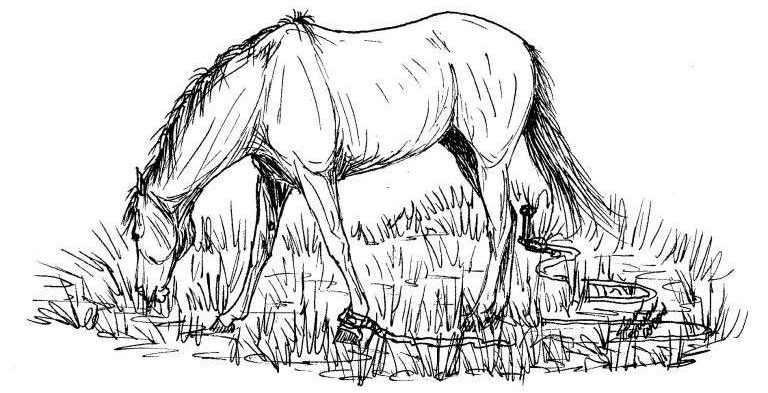
How will you care for your horse?
- We will take 1 to 2 rest days per week.
- We will take 10 minute breaks per hour of riding, on average.
- I will walk a portion of every day, from 1/2 to 1/4 of our daily mileage.
- We will take 1-2 extended, multi-week rest breaks
- We will aim to ride 15 to 20 miles (24 to 32 km) a day on average, with the exact amount contingent on how my horse is feeling. I will always try to err on the side of caution!
- My horse will have routine vet and farrier visits
- My riding mount will carry no more than 20% of their body weight
-
I will carry a portable luggage scale to ensure my saddle bags are even in weight every day
-
I will carry an emergency locator beacon/PLB on me at all times that can send text messages from anywhere, even the remote backcountry, in case either my horse or I need immediate medical care
-
My horse will be equipped with an ID tag and his own satellite tracker
I’m currently at 135 lbs but intend to drop to 125-130 lbs by departure. My saddle + tack is likely to weigh around 25-30 lbs with my gear clocking in at 15-20 lbs. Provided this remains true, my horse would need to carry 165 to 180 lbs on average, a comfortable amount for a 1000+ horse, with room to spare for water/feed as needed. As a general rule of thumb, a horse can be reasonably expected to carry 20% of their body weight—meaning 200 lbs for a 1000 lb horse-though this amount can fluctuate slightly depending on conformation and conditioning.
If/when needed, I should be able to carry all of my gear in my rear saddle bags to fill my pommel bags with up to 2 days worth of compact feed.
I must familiarize myself with what vaccines are required/recommended for horses in Australia, as well as this list of toxic plants.
Will you use a support vehicle?
I prefer to travel without vehicular support to the extent possible, but it will be absolutely necessary to have one on the Nullarbor Plain, a ~700+ mile expanse of arid desert without reliable access to water. A single road — Highway 1/Eyre Highway, the second longest in the world, spanning the perimeter of the entire country — intersects it. There are a few roadhouses/stations along its length, but nowhere near enough to resupply without support.
My preference would be to have supply drops rather than a support vehicle but I am not sure if that will be a realistic alternative yet. A pack camel could also reduce or remove the need for support.


How do you feed & water your horse?
Ah, the million dollar question!
This will be the most logistically challenging part of a cross-continent ride in Australia, and where the bulk of my research and map-studying must be centered.
It appears that Australia is in a “dry” year for 2025 after three “wet” years, which sucks. No other way to put it. This singlehandedly has the potential to crush my plans entirely.
I anticipate being able to graze along the way, or otherwise carry feed, in New South Wales and Victoria. I hope for the same to be true for the bulk of South Australia and Western Australia, but will need to be more considerate of those regions, with it being important to cross the wheatbelt of WA before harvest season in November/December. Naturally, I’ll require support over all of the Nullarbor Plain.
My hopes (which may be royally dashed by reality 😂 ) in terms of the accessibility of graze/feed is reflected in the image below. Green=the best resources: should be no need for support, yellow=moderate resources: likely won’t need support, but depends on the season/year, red=the worst resources; will absolutely need support.
I will also look into what the best electrolyte supplements are to add to my horse’s diet. On my U.S. long ride, I only carried salt intermittently and Finley got along well.
I must be mindful of “goyder’s line” which marks a distinct change in climate in southern Australia. Land south of the line receives higher annual rainfall and is deemed arable, the most fertile and green, while land north of the line is prone to drought and too arid to support cropping, only open to light pastoral grazing. This drastic shift in flora can be easily seen in satellite imagery. The key being to “stay where it’s green!” Unless I had camel(s) or more consistent vehicle support …
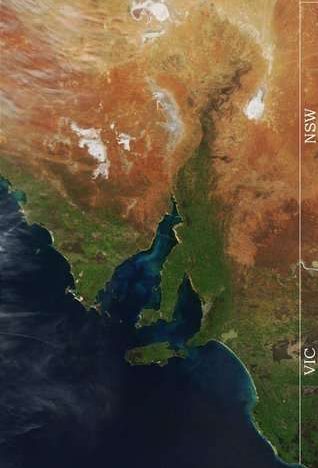
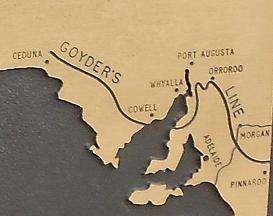
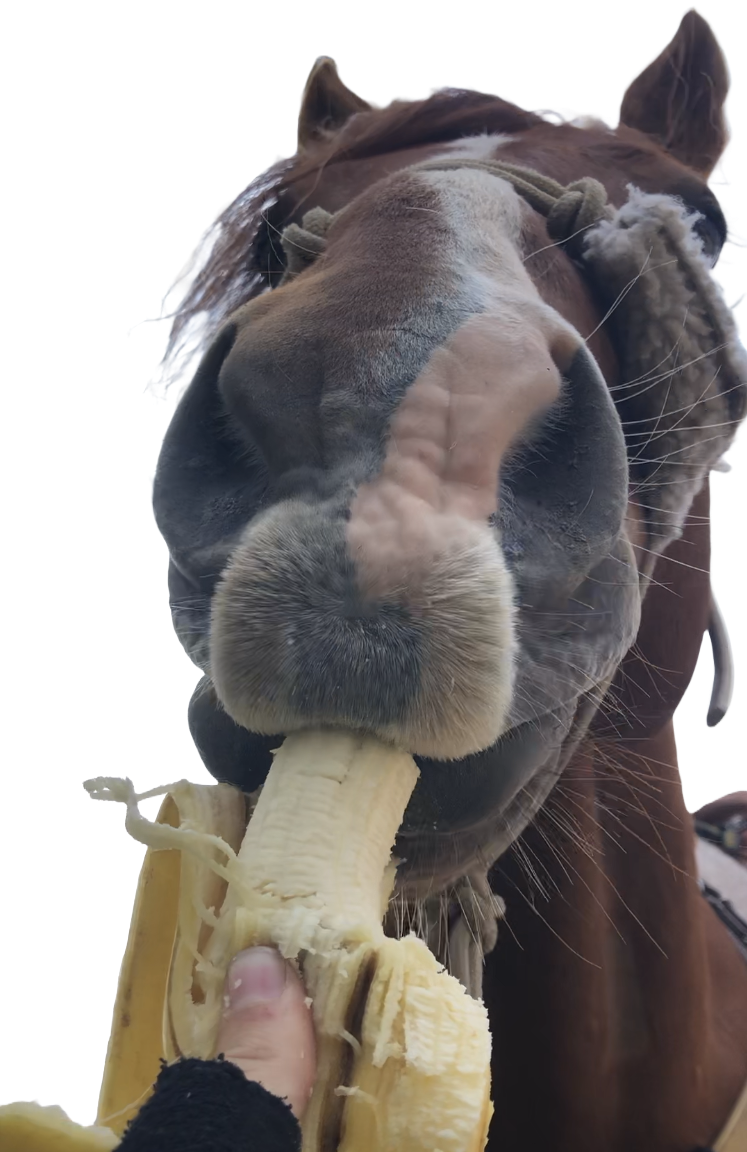
What are the major difficulties you anticipate?
1. Problems stemming from my horse lacking a key attribute (good hooves, good gut, good disposition, etc.)
2. Getting my horse’s saddle fit just right
3. Access to water and graze-particularly in desert regions
4. Logistics of quarantine in WA–as it relates to my timing/weather window
5. Traffic
6. Heat
What if the journey is not a success?
Oh well!
My objective with this adventure is to give it my all while never losing sight of the fact that it’s all for FUN! 😁
And fun can be found in failure too.
I’m at a point in my life where I now have multiple successful adventures under my belt, so I don’t feel compelled to “prove” anything, least of all that I can go the distance. Rather, I take on challenges like this because long riding is my passion, and I know I can find fulfillment in trying so long as I put my animals first.
To that end, my commitment is to the well-being of my horse(s). Whether I have just begun my journey or am nearing the finish line, if my horse(s) are unable to continue for whatever reason, I will respect that and call it quits, knowing that I have still succeeded in the only way that truly matters. “The journey,” to me, is not really about going from Sydney to Perth. It lies in the bond forged with my horse(s). Time and money will be a fair trade for the experience regardless of whether we make it coast-to-coast.
I like failing if it means I get to be out there in the world really living rather than wasting away in my bedroom on a computer screen. I like failing if it means I get to grow. I like to find humility and humor in disaster, to get into some good trouble, provided no one gets hurt. A mindset I’m not always capable of achieving in the moment when s– is going down, but in hindsight? Hell yes. I think back to when Finley ran away with me over an Amish buggy in Ohio, or when he and I were chased by buffalo in South Dakota, plus a million shenanigans in between, and such memories crack me up, they are so endearing to me. I love a good story.
And I love to think, “If it’s not meant to be, better things are!”
What happens to your animals at the end?
Unfortunately, being a foreign long rider, I would not be able to keep my horse after my finish. A troubling reality–I couldn’t imagine parting with Finley after my U.S. long ride, and he remains forever in my life–but, in this case, the cost to import a horse from Australia to the U.S. is just too great (upwards of 10-20 thousand USD).
I would consider it my utmost duty to find my horse the best home possible, with a family to love them as I have. It’s also my intention for my horse to finish in better condition, both physically and mentally, than they started, so they are accomplished, bombproof distance mounts anyone would be lucky to own. That’s the beauty of long riding. When done right, it’s mutually beneficial for both horse and rider, getting both in peak shape. I would love to remain in contact with and receive updates from whoever takes them on. An east-west route would have me finishing near Perth, so that’s where I would most likely be looking for suitable homes. Unless trailering them back east seemed feasible.
Where can I learn more about long riding?
The Long Riders Guild is the world’s only international association of equestrian explorers and has the greatest repository of horse travel stories in existence. Their website and associated books, like The Horse Travel Handbook, are the best sources for information on long riding. I became a member after my U.S. long ride and wrote an article on “How To Ride Across America On Horseback” for their collection.
“A visit inside [their website] will introduce you to the amazing men and women who have ridden horses in search of mounted adventure in every conceivable country and climate, ranging from Africa to Antarctica.”
List of Aussie terms I have learned
This list is being continuously added to and is in no particular order. Not all of the words are explicitly Australian, nor are my definitions necessarily correct, others may simply be copy-and-pasted from Google. Feel free to laugh at any that aren’t quite right, this whole list is just for fun! 🤣 Many more to come …
- mallee=a low-growing bushy Australian eucalyptus which has several slender stems, characteristic of the outback
- horse float=horse trailer
- station=ranch
- roadhouse=food, fuel, and lodging, like a combination motel, in remote areas (I first heard of this term in Alaska)
- mozzle net=mosquito net
- stockman=cowboy; ranch hand
- drovers= a person, typically an experienced stockman, who moves livestock on horseback
- overlanders=drovers who go long distances
- a mob=a group of animals, whether a flock of sheep or a herd of horses
- muster=gather/round up livestock
- grey nomads= retired Australians who travel in their motor homes
- caravans=RVs … by extension, caravaning=RVing
- new chum=a newcomer; novice; particularly an immigrant
- Oz=Australia
- agistment=boarding
- poste restante=general delivery
- dinky-di= authentically australian
- knackery=slaughterhouse
- trekking=any multi-day, backcountry journey; backpacking, long riding
Questions?
Ask anytime!
Suggestions?
Always welcome!!
I am actively preparing for this journey and am open to all feedback, advice, corrections, and suggestions. Nothing is more important than the health and happiness of my animals, for which I am in the interest of continuously bettering myself and my craft on their behalf.



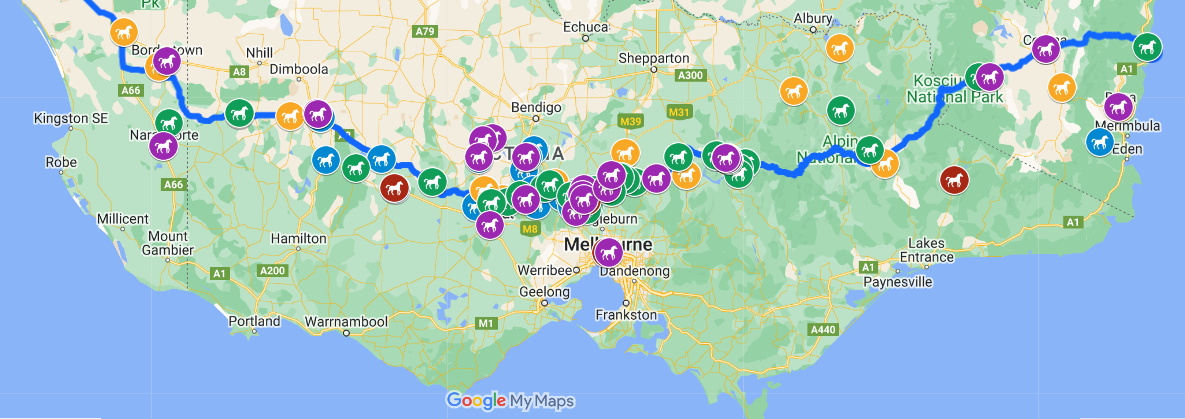
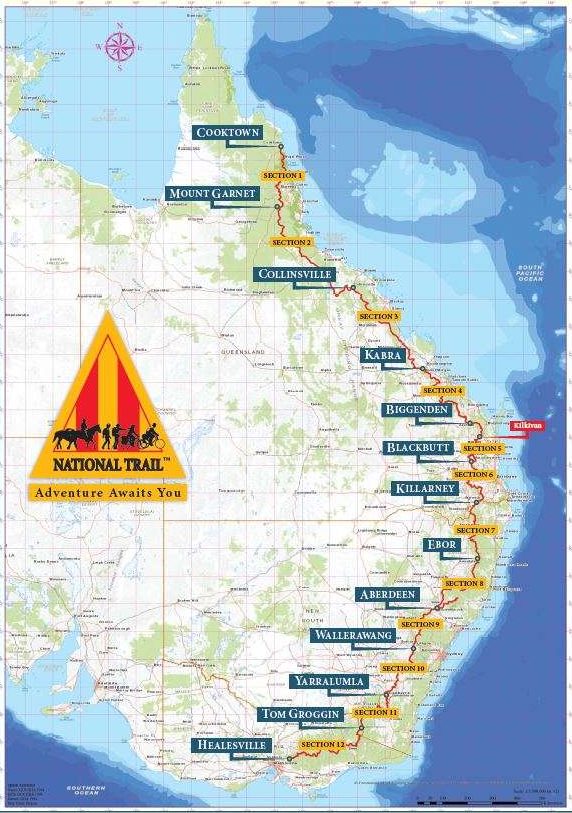

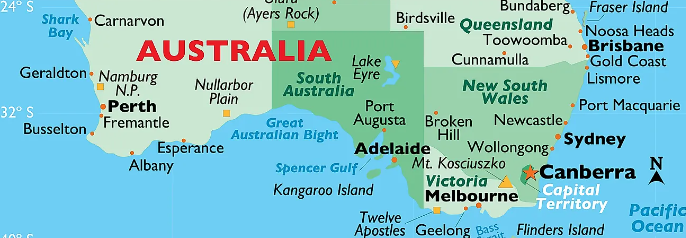
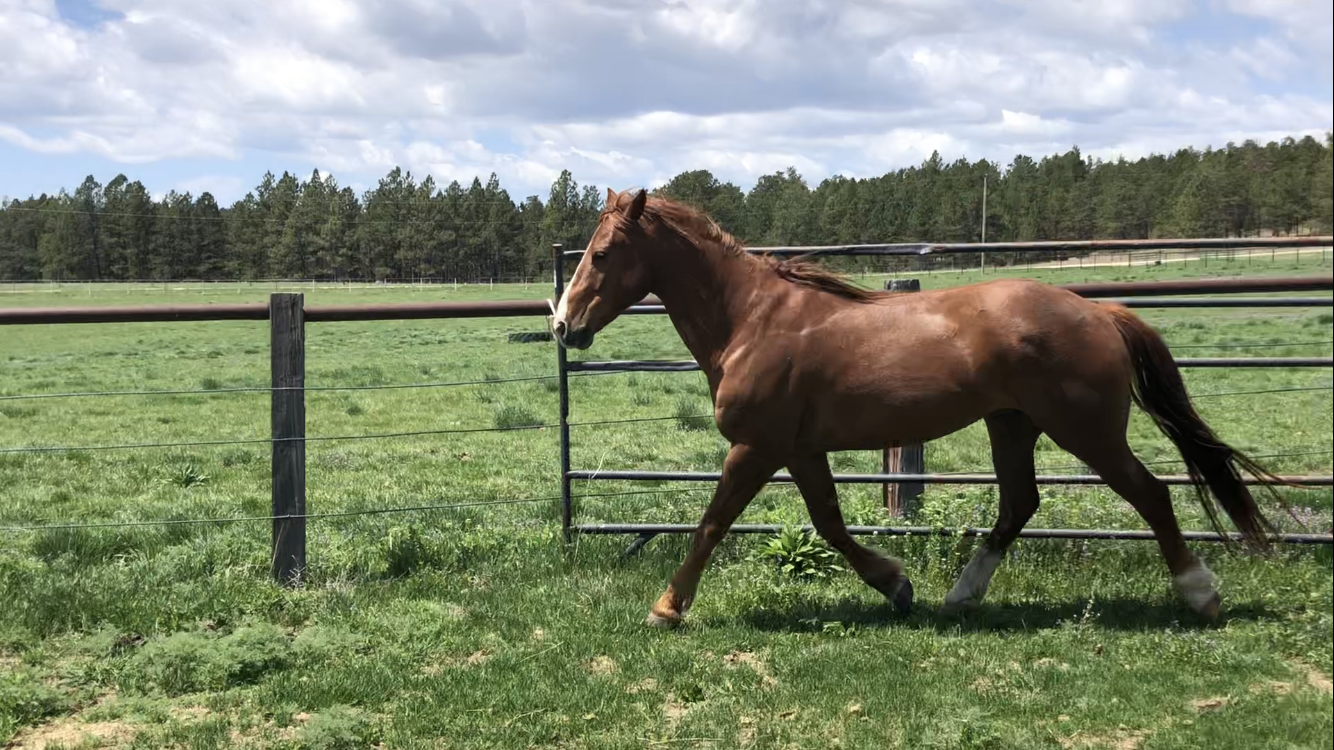
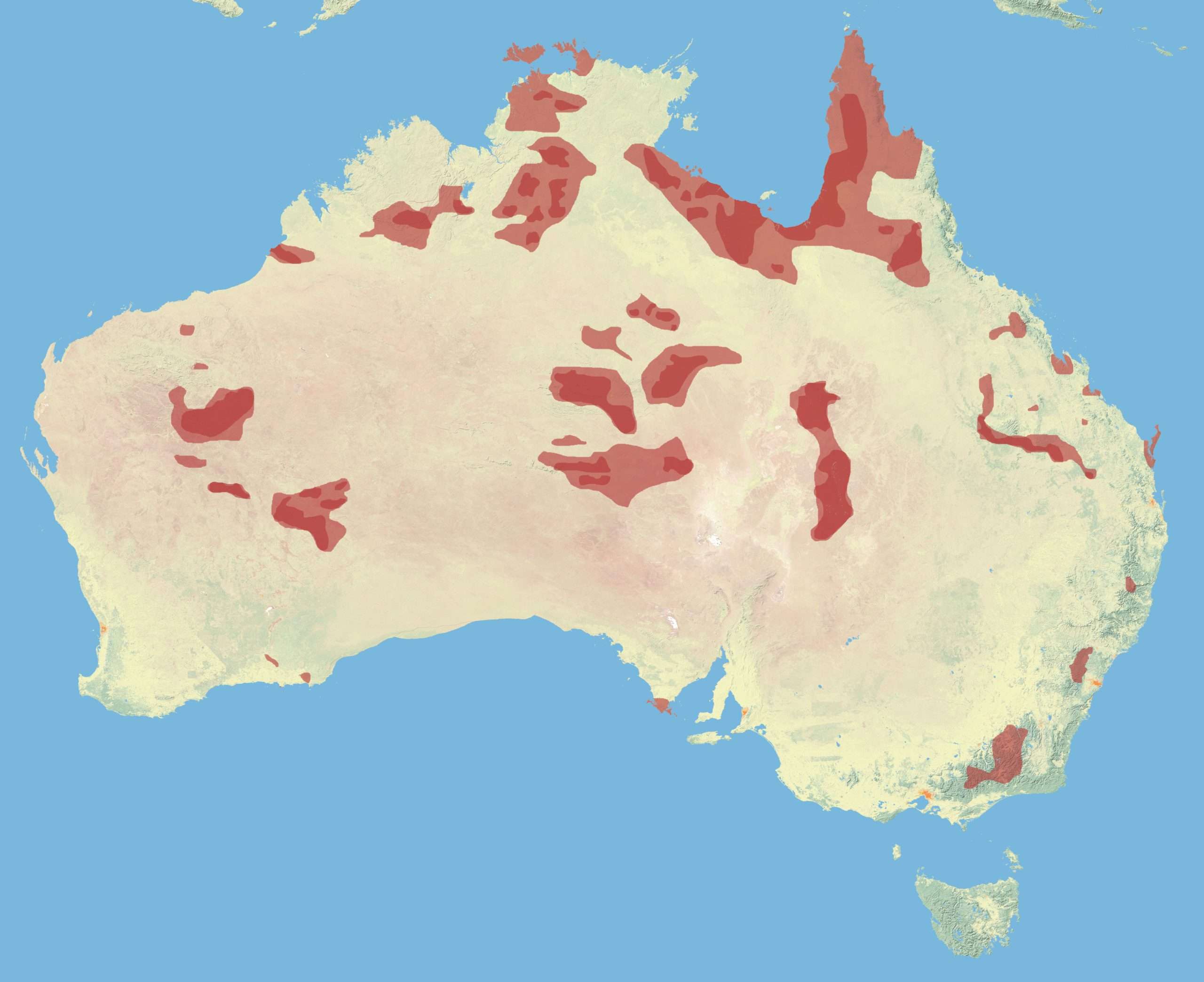
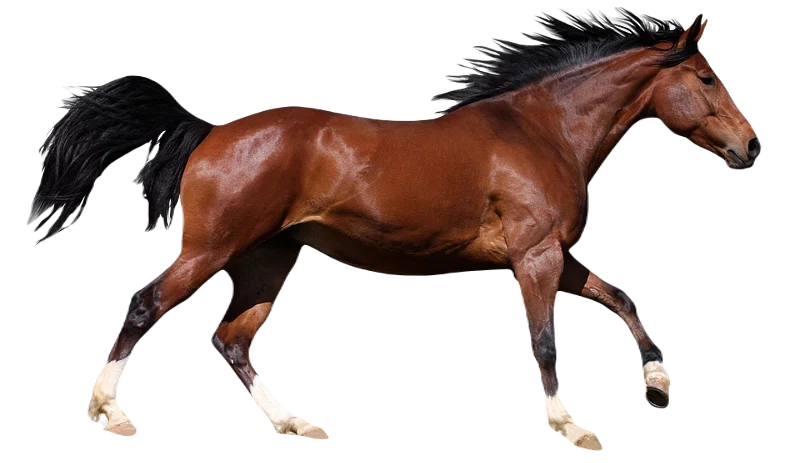
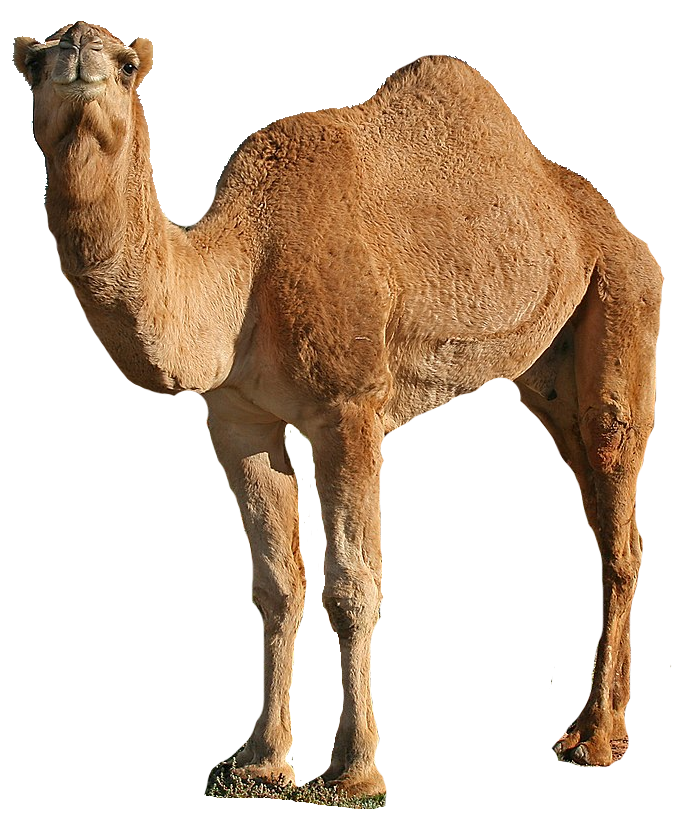
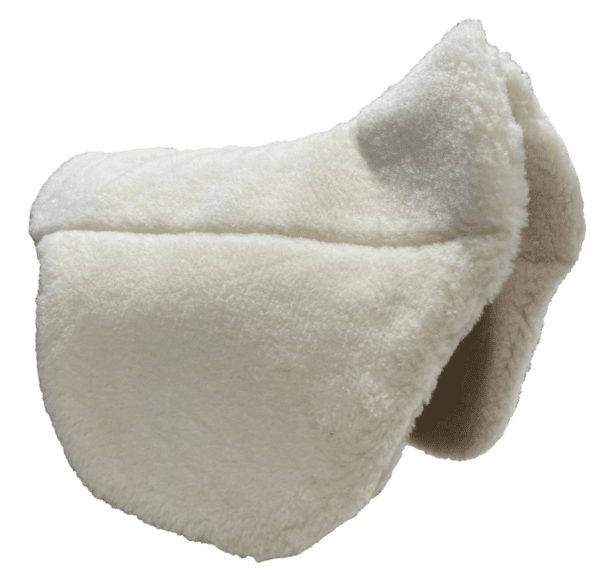
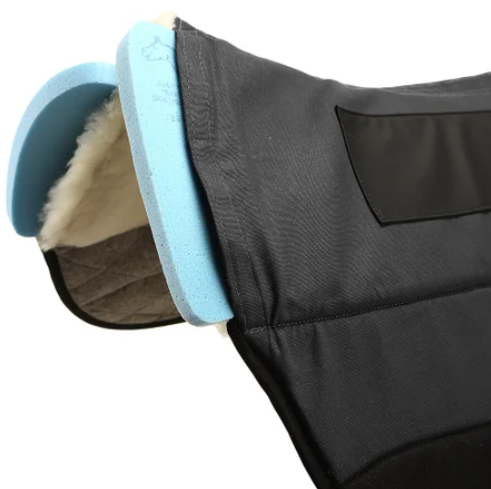
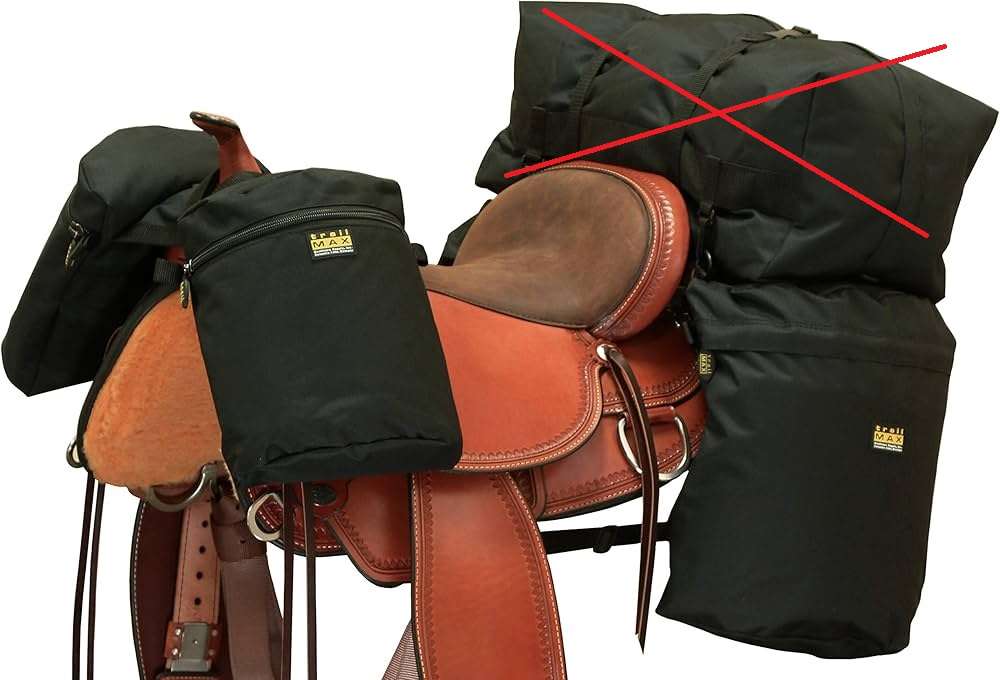
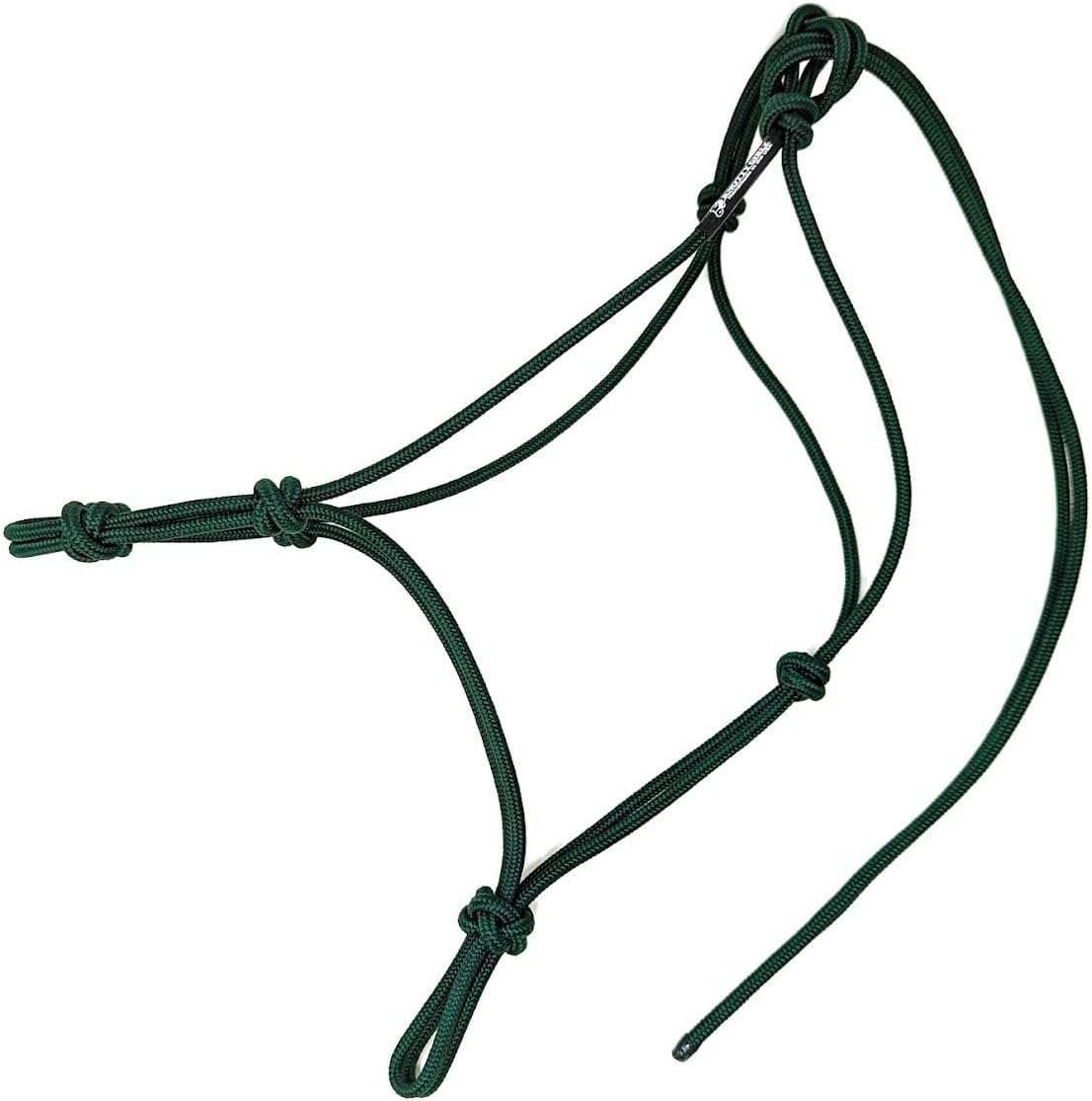
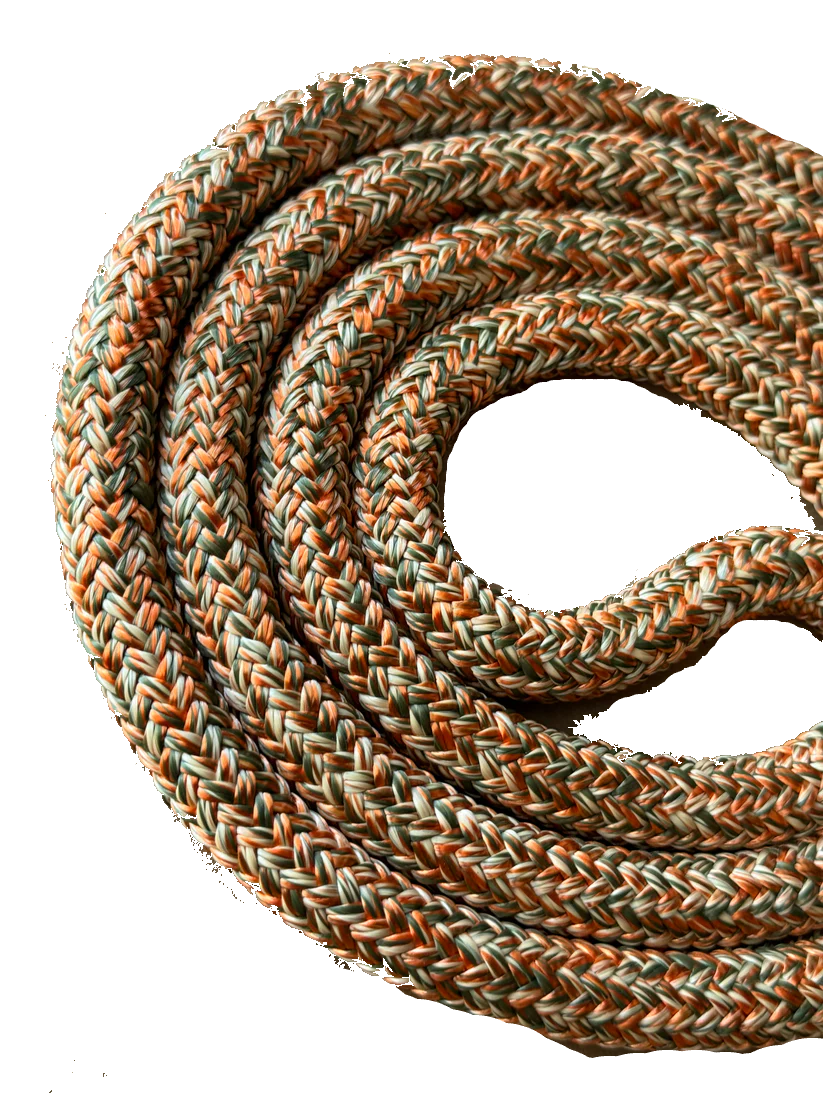


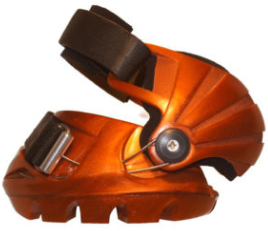


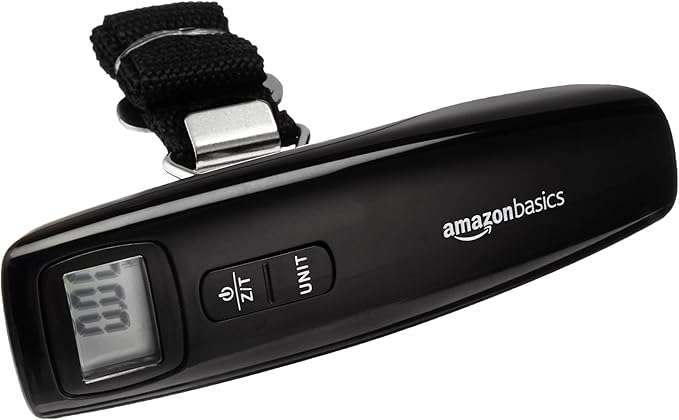

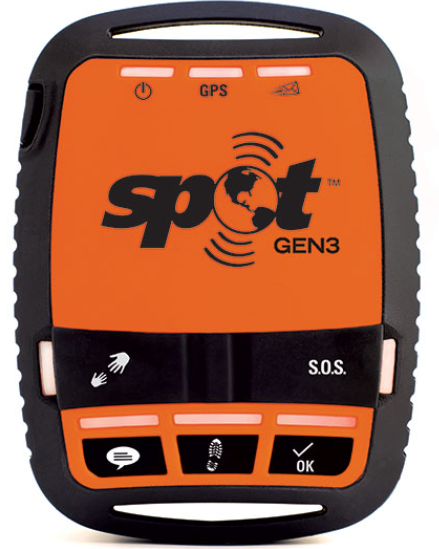
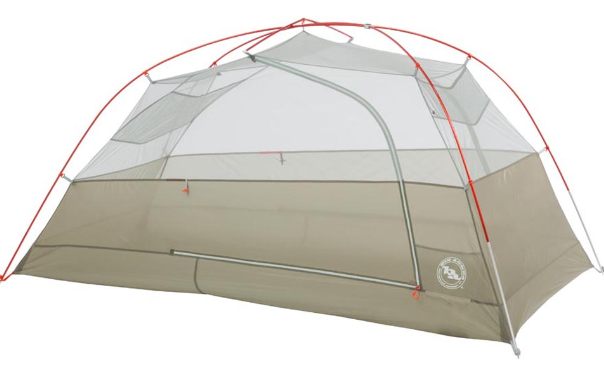



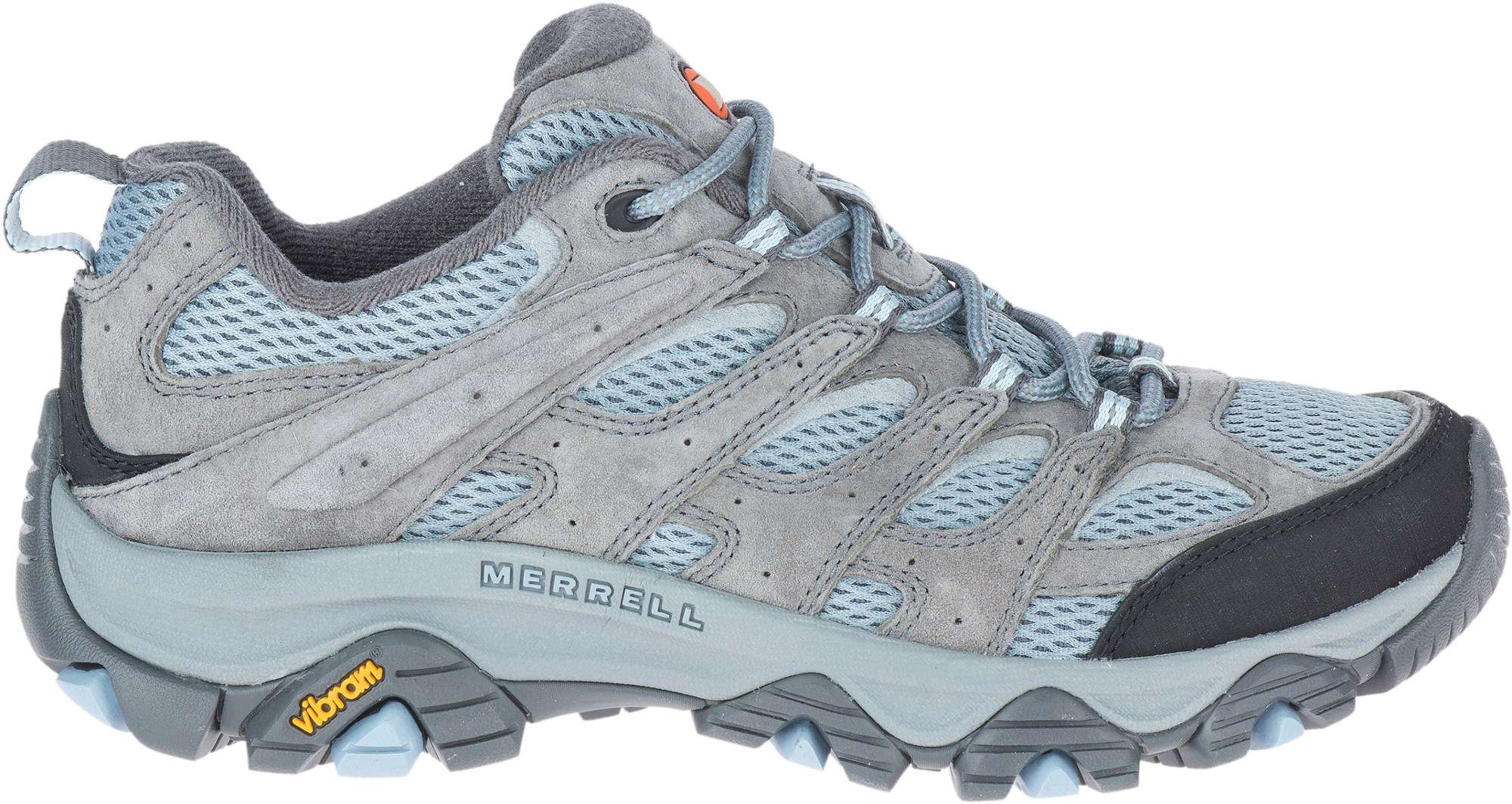



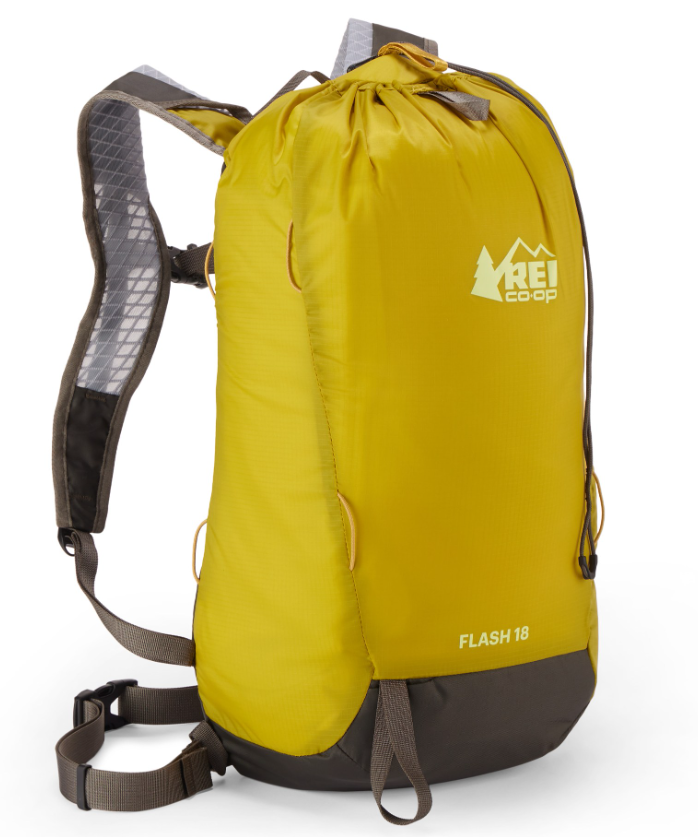
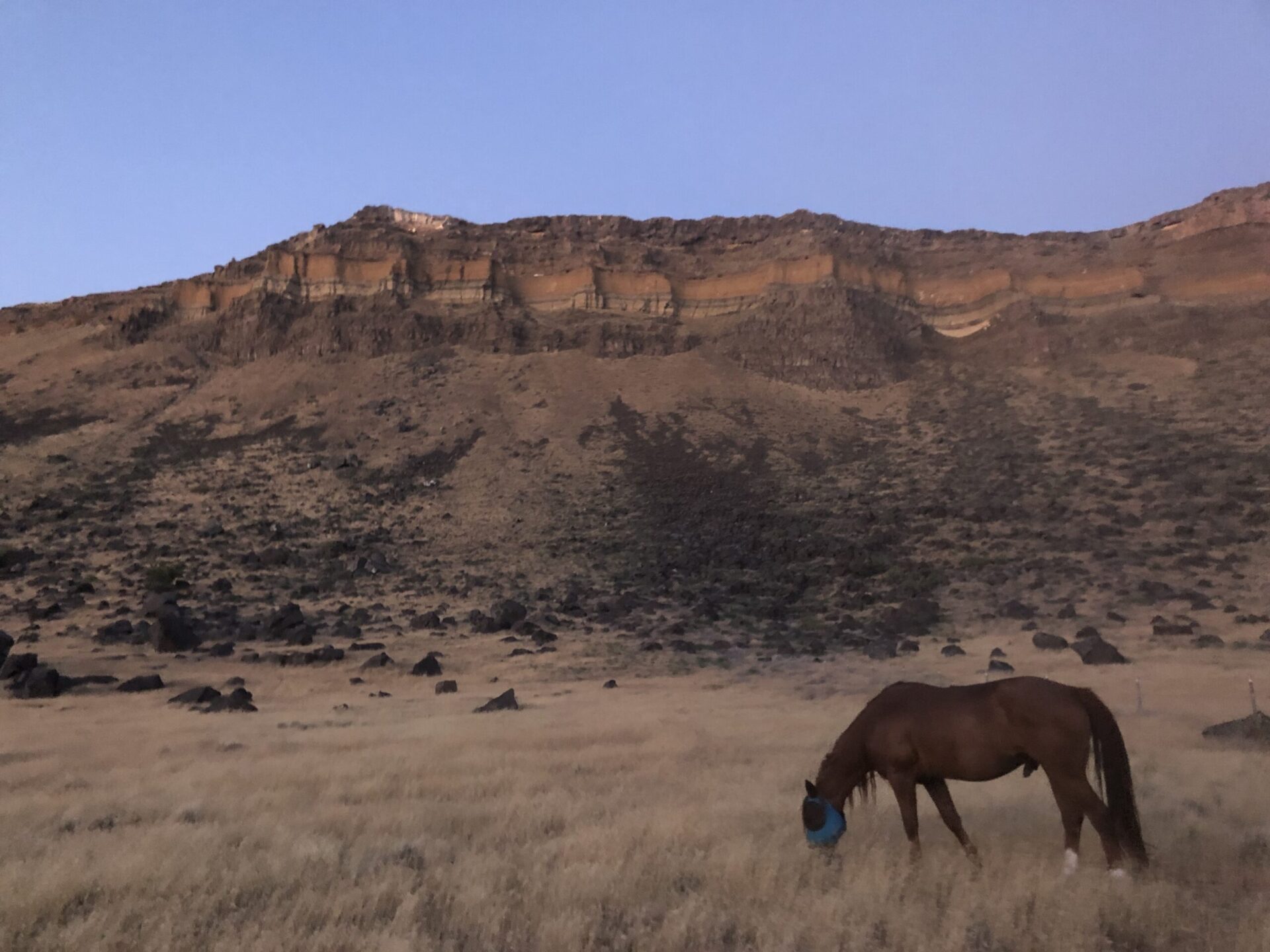
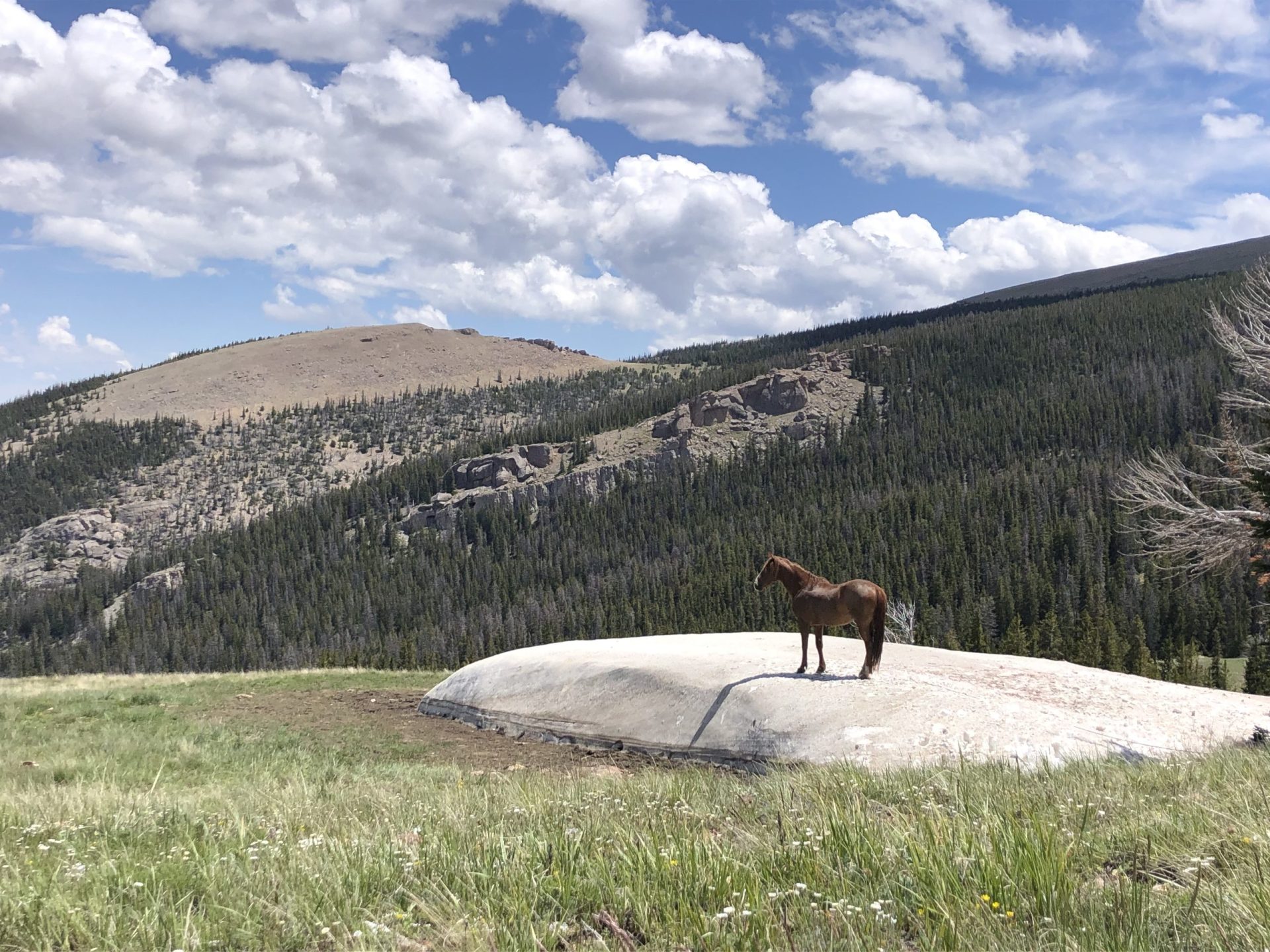
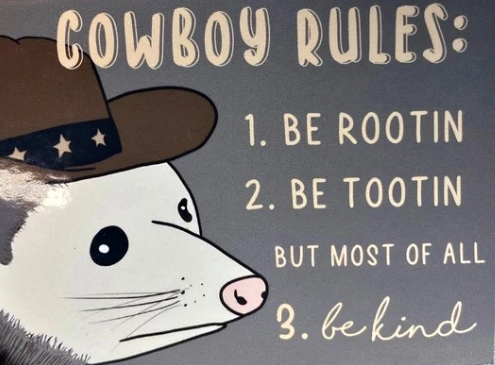
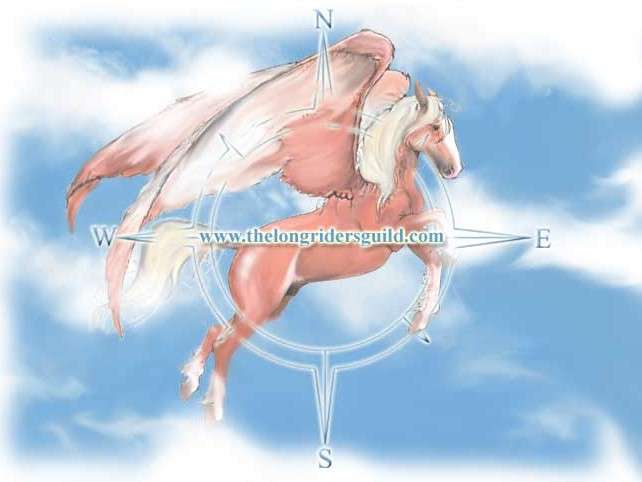

Julia and I are super excited to watch your preparations and see you ride across Australia. Pat a brumbie for us! Bernie
Thanks Bernie & Julia!! 😀 I always look forward to following your own adventures! 🐎
This is so exciting! I cried happy tears when you wrote, “The BNT seems like the way to go, but it is not my way.“ 😭♥️
This is profound in a way that you will experience along the way, I feel it!
I have a friend in Australia, in Sydney if you want me to ask for any horse related or housing connections!
Praying for your journey! God is with you and will help you find your riding partner!
Thank you so much Rachel!!!! Your words mean the world and put the biggest smile on my face!! 😀 I am touched by your prayers, THANK YOU!
You are so organized! This is so exciting and your attitude is wonderful. You will be in our prayers daily. May the Lord keep you and bless you. We love you! Aunt Carol
Thanks Carol for keeping me in your prayers!!! 🙏 It was such a joy to connect with you and Alyssa a few weeks ago after so long apart!
Hi Gin,
Aunt Susanne here in Cambridge UK. I love reading about your treks. You have lots of distant Appleton relatives in Australia! Praying for you and your horse and or camel!
Hi Susanne!! 😀 Really? Wow! That’s incredibly interesting to hear! Thank you for your prayers!
Good luck with your upcoming adventure in Australia! After having had the great fortune to meet you and Finley walking down our road as you passed through NJ, we continue to check your blog now and then and are so happy to see you thriving as you journey on…. Fondly, P and L (Skillman “Trail Angels”)
PS Thanks for the postcard 💕
Hi Pamela!! WOW! I am surprised to see you, but SO delighted to!! I can’t believe it’s been 3 years since we last met. It really warms my heart to know that you check in on me occasionally. I loved staying with you both in NJ; The beginning of any adventure is always the hardest–the learning curve is steep (remember the crazy blisters I had? Haha, they were never that bad again!)– so everyone I meet during those times holds a special place in my heart. Much love from Finley and I!
Gin, I have been friends with your grandmother, Sheryl since we were both 9. I delighted in following your astonishing journey with Finley. When I learned of your plans to ride across Australia I cried (a little) and sighed (long and frequently.)
I am about to send your story to my Aussie friend Trish who lives in Pokolbin, NSW. Now you will have TWO old ladies you’ve never met, cheering you on and praying for you. God bless you!
Hi Denise! 😀 Wonderful to hear from you, thank you so, so much for your kind words. It’s exciting to know that you’ve been friends with Marmee for that long, oh my goodness! Did you ever ride horses with her as a kid? I would love to be friends on Facebook as I’ll post more frequent updates there!
So excited for your next adventure. We learned about you while living in Custer SD while you were there with Finn. We’ve followed you ever since. It’s so exciting to read your stories, updates, adventure, and to get to see all the pictures. Good luck to you both and happy trails!